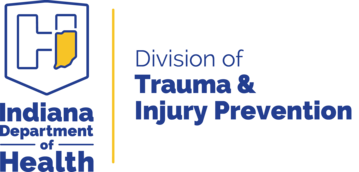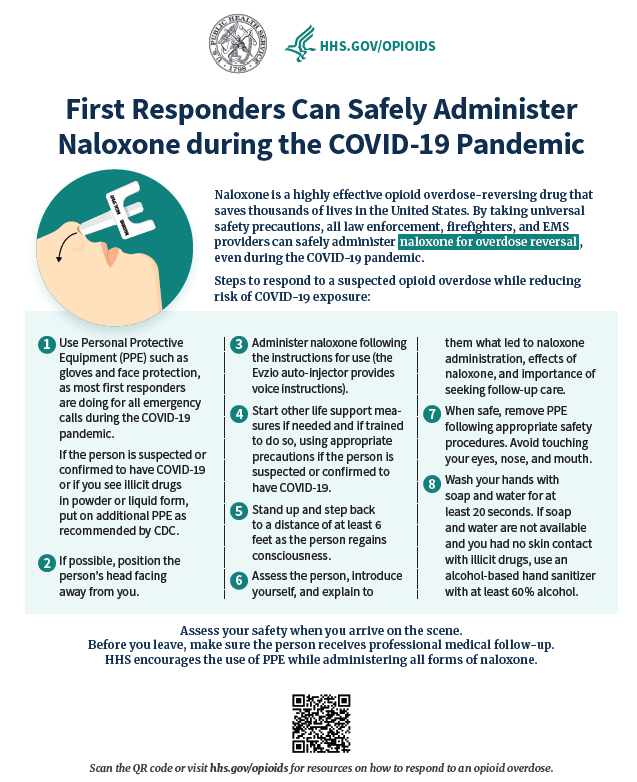 The Indiana Drug Overdose Dashboard, available through the Indiana Department of Health website, presents information on drug overdose injuries, opioid prescriptions, and prevention efforts in Indiana. The drug overdose definitions, as defined by the Centers for Disease Control and Prevention, have changed in 2019. To maintain comparability of 2019 data with data from previous years (2016-2018), updates have been made to the hospital discharge data on the dashboard as well as on Stats Explorer
The new changes exclude hospital discharges coded as overdoses due to assault (maintaining those which were accidental, intentional self-harm, or undetermined intent) and exclude subsequent encounters (maintaining initial encounters). The impact of these changes has resulted in a decrease in counts for each category. The changes still show a large decrease from the peak in 2017 and those decreases continued into 2019. The data notes on the dashboard and Stats Explorer has been refreshed to reflect these changes.
 A recent study conducted by RTI International found that while distribution of naloxone at syringe exchange programs (SSPs) has soared in recent years, many programs are either running out of the overdose reversal medication or rationing it. The study showed that the number of SSPs that offer overdose education and naloxone distribution has increased from 55% to 94% since 2013. RTI contacted all 342 syringe service programs listed in the North American Syringe Exchange Network directory at the beginning of 2019. Of the 263 programs that responded, about a third of the programs reported that they are either running out of naloxone or have needed to ration it within the past six months. Four of the 16 responding programs that do not offer naloxone reported previously offering naloxone but discontinuing due to inadequate supplies or funding. The full research article can be found in this issue of the Morbidity and Mortality Weekly Report. To locate a provider in Indiana that carries naloxone please visit www.optin.in.gov.

 According to the American Medical Association (AMA), there have been increasing reports of opioid-related morbidity during the COVID-19 pandemic. As of Aug. 14, the AMA has received such reports from more than 40 states, including Indiana. With the levels of isolation necessary to combat the COVID-19 pandemic, symptoms of substance use and other mental health disorders can be exacerbated. In order to help combat the rise in opioid-relate morbidity and to lessen barriers to treatment, the Substance Abuse and Mental Health Services Administration and the U.S. Drug Enforcement Administration have provided increased flexibility for providing buprenorphine and methadone to patients with opioid use disorder. Additionally, barriers surrounding the use of telemedicine have been lessened to increase the accessibility of services.
In a recent edition of Morbidity and Mortality Weekly, a study was published covering the increase of drug overdose deaths in 2019, after previously decreasing from 2017 to 2018. The Centers for Disease Control and Prevention (CDC) analyzed data on drug overdose deaths that occurred between January – June 2019 from 24 states (including Indiana) and the District of Columbia. The data came from the State Unintentional Drug Overdose Reporting System. The study found that approximately 80% of overdose deaths involved one or more opioid, and illicitly manufactured fentanyls (IMFs) were involved in three of four opioid-involved overdose deaths. Additionally, IMFs, heroin, cocaine, or methamphetamine (alone or in combination) were involved in 83.8 percent of overdose deaths. Interestingly, they discovered that more than three in five (62.7 percent) overdose deaths had documentation of at least one potential opportunity for overdose prevention intervention. This highlights the importance of identifying opportunities to intervene before an overdose death and implementing evidence-based prevention policies, programs, and practices in efforts to save lives. Visit this link to read the full report.
|